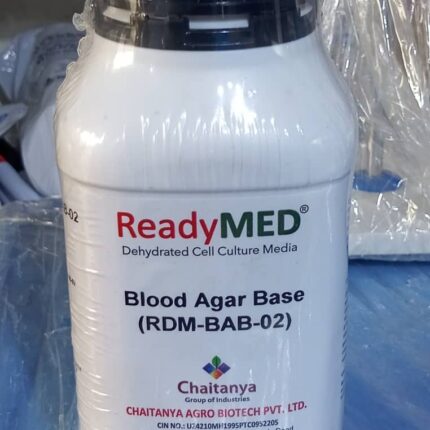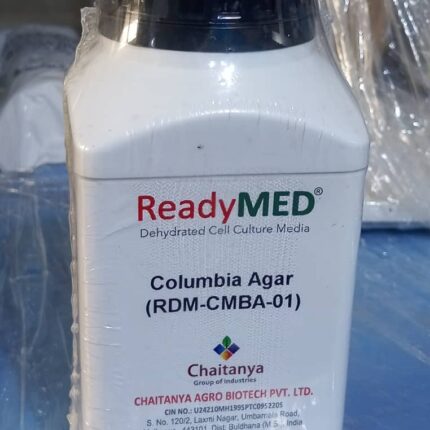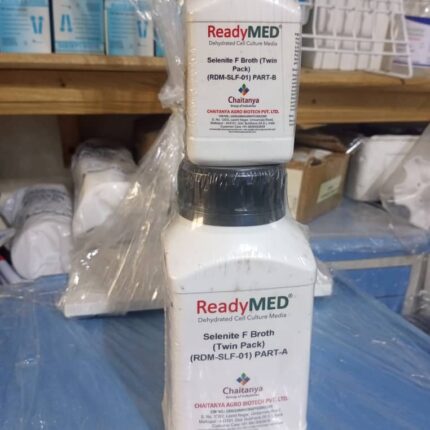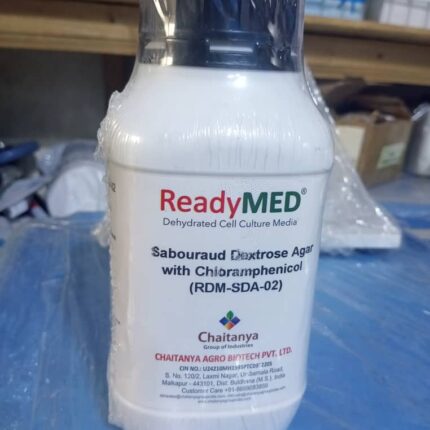The microscope objectives shown in the image are achromatic lenses, commonly used in biological microscopy. Their main characteristics are as follows:
Magnification and Numerical Aperture:
The objective on the left is labeled “100/1.25 OIL” and the one on the right is labeled “100/1.25 160/0.17,” meaning they offer 100x magnification and have a numerical aperture of 1.25. The “OIL” designation indicates they are designed to be used with immersion oil for better resolution.
Achromatic Correction:
These objectives are achromatic, meaning they correct chromatic aberrations at two wavelengths (usually red and blue), providing a sharper image with more accurate colors.
Tube Distance and Coverslip Thickness:
The “160” designation on the objectives refers to the microscope’s mechanical tube distance in millimeters, and “0.17” indicates the thickness of the standard coverslip for which the objective is optimized.
Material and Design:
Made of high-quality brass with a chrome-plated shell, these objectives are robust and corrosion-resistant. They incorporate a spring-loaded protection device to prevent damage to the coverslip and specimen during focusing.
Compatibility:
They are designed with an international standard RMS (Royal Microscopical Society) 20.2 mm thread, ensuring compatibility with most professional biological microscopes.













Reviews
There are no reviews yet.